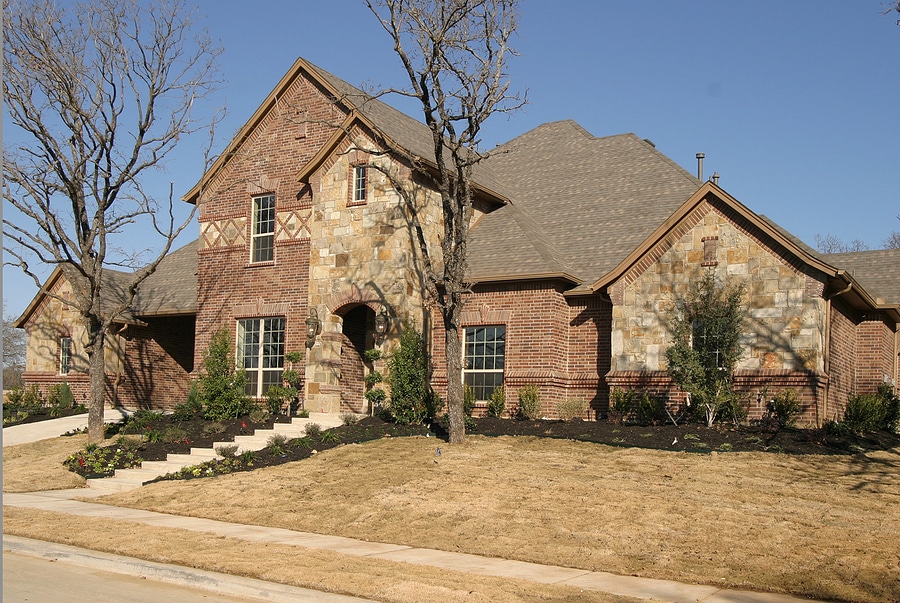As winter blankets the landscape in a glistening quilt of snow, one can’t help but notice the transformation of lawns from vibrant green to a more subdued, earthy brown. The shift in color may leave many wondering why grass takes on this hue during the winter months. Continue reading to learn more from the team at Lawn Plus LLC.

1. Dormancy
One of the primary reasons for the browning of grass in winter is dormancy. As temperatures drop, grass undergoes a natural process of slowing down its metabolic activities. This dormancy is a survival mechanism that helps the grass conserve energy during harsh winter conditions. Essentially, the grass redirects resources away from active growth and focuses on maintaining core functions, resulting in a temporary cessation of its lush green appearance.
2. Temperature Effects
Grass, especially cool-season grass varieties, is particularly sensitive to temperature changes. When temperatures plummet, the enzymatic processes responsible for chlorophyll production slow down. Chlorophyll is the green pigment crucial for photosynthesis, the process by which plants convert sunlight into energy. As chlorophyll production decreases, the vibrant green color fades, revealing the underlying brown hues of other pigments present in the grass.
3. Reduced Sunlight Exposure
Winter is characterized by shorter days and lower sun angles, leading to reduced sunlight exposure. Since sunlight is a key component of photosynthesis, the grass has less opportunity to harness solar energy for growth and sustenance. With diminished photosynthetic activity, chlorophyll production decreases, contributing to the brownish appearance of the grass.
4. Winter Stress
Cold temperatures, coupled with factors like winter winds and dry air, can stress grass plants. When stressed, plants prioritize survival over active growth. This stress response includes redirecting energy away from the maintenance of green chlorophyll, leading to a change in color. Factors like soil compaction, which limits root growth, can exacerbate winter stress and contribute to browning.
5. Snow Mold and Fungal Issues
The presence of snow cover can contribute to grass browning in winter. Snow mold, a type of fungal disease, can develop beneath the snow, causing damage to the grass. Additionally, prolonged snow cover can create conditions conducive to the growth of fungi that affect the grass’s health and color.
Lawn Plus LLC offers professional lawn care services to Dayton and the surrounding areas. From weed control to lawn renovation, we have you covered. Contact us today at (937) 839-5296 to request a quote.
